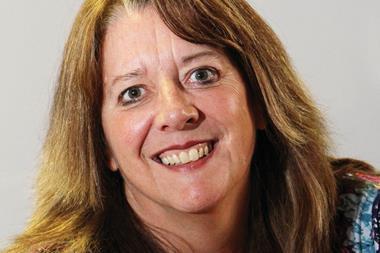Ecclesiastical profit leaps despite fall in underwriting result

Ecclesiastical enjoyed a 178% jump in profit before tax in the first half of 2017 after a surge in investment returns offset falling underwriting profits.
The specialist churches and charities insurer reported a profit before tax of £42.2m in the first half of 2017, up from £15.2m in last year’s first half.
Investment returns jumped to £41m (H1 2016: £7.3m) because of a “steady rise” in global financial markets in the first half of the year, compared with the “considerable volatility” seen in the financial markets last year in the aftermath of the Brexit vote.
The boost in the overall Ecclesiastical profit came despite a 26% fall in underwriting profit to £9.6m (H1 2016: £12.9m), mainly because of lower reserve releases. The combined operating ratio (COR) rose 3.8 percentage points to 90.5% from 86.7%.
Despite this, the company hailed the underwriting result, and said the 90.5% COR was “well ahead” of its long-term 95% target.
Gross written premium grew 9% to £166m (H1 2016: £151.8m).
Ecclesiastical chief executive Mark Hews said: “The group has maintained a strong performance in the first half of 2017, once again demonstrating that running a business in an ethical way, for the greater good of society, is no hindrance to success.”
UK performance
Ecclesiastical’s UK and Ireland general insurance business, the largest of its three geographic units, saw underwriting profit fall 38% to £9.9m (H1 2016: £15.9m). The COR rose 8 points to 85.7% (H1 2016: 77.7%).
The company said that the UK and Ireland underwriting results had continued to benefit from a low level of property claims, but a lower level of reserve releases from its liability business meant that it did not see a repeat of the “exceptional underwriting result” from 2016.
UK and Ireland gross written premium was almost flat at £115m (H1 2016: £113.5m). The company grew its art & private client business by 44% and its heritage, listed & period properties business by 12%. But it added that there was continued downward pressure on its education business because of increased competition, which it said “represents an ongoing challenge”.
Hosted by comedian and actor Tom Allen, 34 Gold, 23 Silver and 22 Bronze awards were handed out across an amazing 34 categories recognising brilliance and innovation right across the breadth of UK general insurance.














































No comments yet